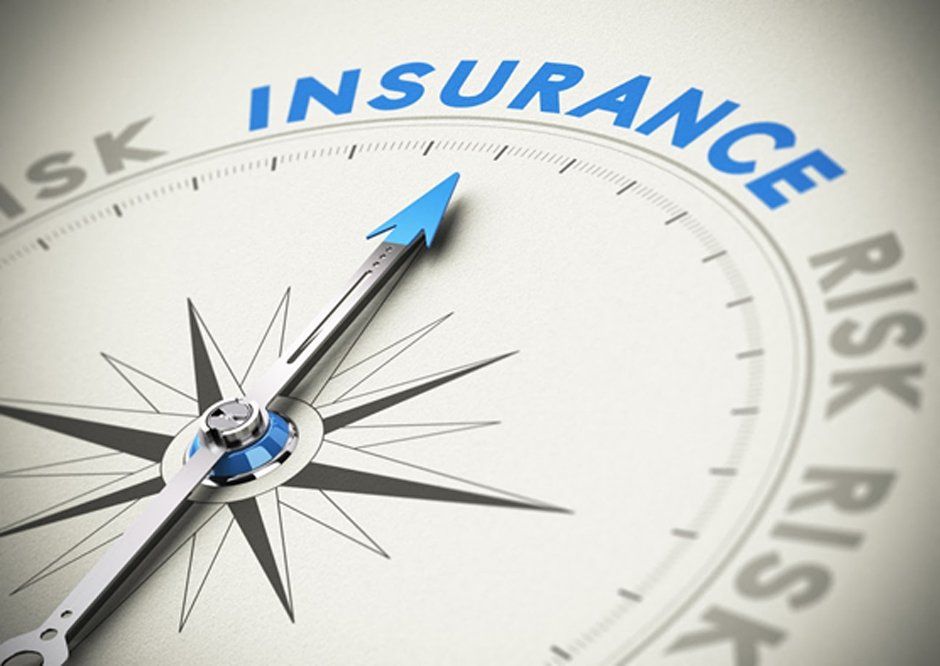How Much Insurance Coverage Is Enough? First, Value Your Stuff
November 14, 2019

Insurance helps you recover from a devastating loss of property. But, in order to have the right amount of insurance coverage, you must be able to determine the value of your items. For some types of property, this may be a relatively simple calculation. But for others, it can be something of a moving target.
How can you decide what is sufficient coverage for your home or property without overpaying for coverage you don't need? Here are a few helpful tips to figuring out insurance values.
Real Estate
Undoubtedly, the largest asset most Americans need to insure is their primary home. When you purchase homeowners insurance, you generally must determine a dollar value to replace the home.
To find this, though, don't just assume you can use the purchase price of the house. Why?
First, houses constantly appreciate or depreciate in value depending on the market's movements. So what you paid for your home even a few years ago isn't the cost it would take to replace it today. In addition, you have likely altered the base price by doing additions, upgrades, remodels, and replacements over the years. Finally, the cost is different to build a new home versus buying an existing one.
For the best results, determine if you would buy a different home or build a new one — as well as any changes you would make. Then, consult with an experienced real estate agent or contractor in your area to find an estimated cost based on your choice.
Vehicles
Insurance coverage for most personal vehicles is based on a given, published value for each make and model. You can find out this value by researching your own car or truck in the same guides that your insurance company uses. Many companies use Kelley Blue Book, but some use alternate publications. Use this to research replacement models of your vehicle to determine how closely the cash value matches.
The challenge for most car owners is that this value does not cover the actual replacement of what you owned. You may be able to purchase additional coverage that pays the gap between your loan and the cash value of the car or that pays for a newer model than what you owned. If you can't fill the gap with your own savings, you may need this added coverage.
Personal Property
Personal property covered by home or auto insurance is often the hardest thing to value. Start by making an inventory of all your stuff, then decide what you would need to replace over the first few years after a disaster. For basic items — such as furniture and tools — you may be able to use recent receipts for valuation or you could pretend to shop for replacements. Add this information to your inventory.
Collections, art, and antiques are much harder. You should get a professional appraisal for valuable objects (and keep it with your other important documents). When appraising, ask for estimates both of sales prices and replacement or insurance pricing. An irreplaceable object may actually cost more to repair or restore (in the case of a fire or other fixable damage) than it would to buy a different version.
What about other costs of replacing or fixing personal property? Sentimental objects may not be replaceable, but you might be able to purchase similar items through auctions or specialty collectors. Restoring important documents like certificates and estate paperwork may also require fees and attorney payments. Some costs are insignificant but others should be factored into replacement cost.
While most people do know the value of having insurance coverage against tragedy and loss, many overestimate how well that insurance covers their need. By assessing your goods and property well, you can plug that gap and have coverage that will really get you back on your feet. Learn more by contacting the insurance pros at Coastcomp Insurance Agency
today.



